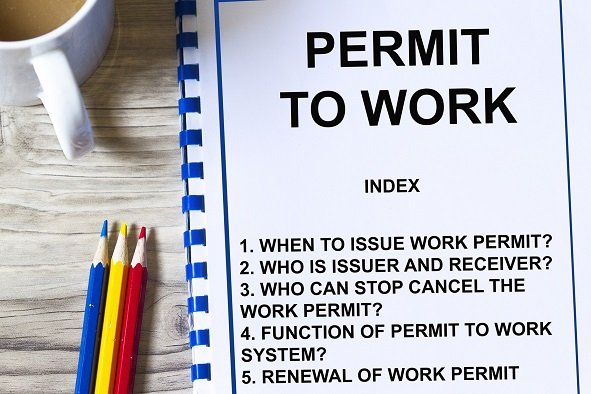Pesticides and Hazardous Materials – 12 Modules | One Day USD: 150/- and Two Day USD: 250/- Per Pax.
Description
Module 1: Introduction to Pesticides and Hazardous Materials
- Definition and types of pesticides and hazardous substances
- Importance of safe handling and environmental protection
- Regulatory standards (OSHA, EPA, GHS, ISO 14001)
Module 2: Understanding Chemical Hazards
- Toxicity, corrosiveness, flammability, and reactivity
- Routes of exposure: inhalation, ingestion, skin and eye contact
- Short-term and long-term health effects
Module 3: Hazard Classification and Labeling
- GHS classification and labeling requirements
- Signal words, hazard statements, and precautionary measures
- Reading and interpreting product labels and MSDS/SDS
Module 4: Personal Protective Equipment (PPE)
- Selecting PPE for pesticides and hazardous materials (gloves, respirators, goggles, aprons)
- Proper usage, maintenance, and limitations of PPE
- Decontamination procedures for PPE
Module 5: Safe Handling Practices
- Correct mixing, application, and transfer methods
- Minimizing spills, splashes, and vapor exposure
- Using tools and equipment safely
Module 6: Storage of Pesticides and Hazardous Materials
- Segregation of incompatible chemicals
- Secure storage, ventilation, temperature control, and access restrictions
- Labeling and containment measures
Module 7: Spill Prevention and Control
- Identifying potential spill sources
- Containment strategies and immediate actions
- Spill kits, absorbents, and neutralization techniques
Module 8: Environmental Protection and Waste Disposal
- Preventing contamination of soil, water, and air
- Safe disposal of leftover chemicals and containers
- Compliance with environmental regulations
Module 9: Emergency Procedures and First Aid
- Exposure response for skin, eye, inhalation, and ingestion incidents
- Eye wash, safety shower, and decontamination procedures
- Coordination with medical personnel and reporting incidents
Module 10: Transport and Field Operations Safety
- Safe loading, transport, and application methods
- Minimizing risk during field operations
- Vehicle and equipment safety considerations
Module 11: Training and Awareness
- Employee education and refresher training
- Safe work practices and behavioral reinforcement
- Documentation of training and competency assessment
Module 12: Continuous Improvement and Safety Culture
- Reviewing incidents and near misses
- Updating procedures, labels, and SDS references
- Promoting proactive chemical safety awareness
View more Courses
Hi, Welcome back!




